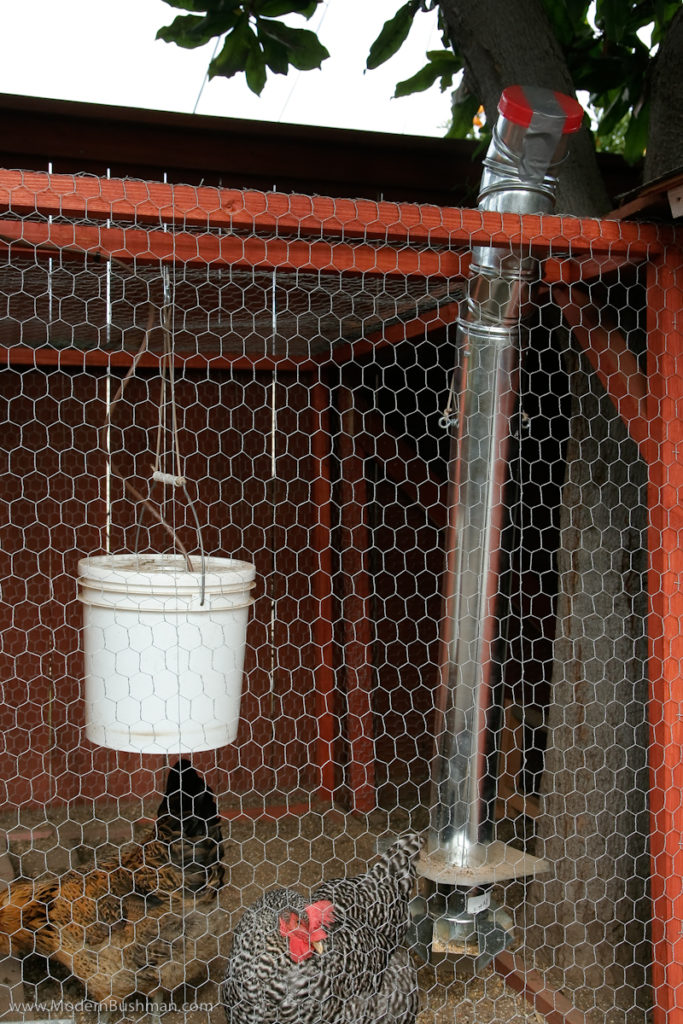
Five Main Chicken Feed NutrientsĬarbohydrates are the largest portion of a chicken’s diet. Without getting too deep into the science of chicken feed, here is a rundown of each nutrient and why it is important. There are five main building blocks to a well-balanced chicken feed, including Carbs, Fats, Proteins, Minerals, and Vitamins. Like with all living things proper nutrition provides chickens with the energy they need to develop. Unfortunately, you can’t just toss them some corn and call it good… In fact, more often than not, by the time you hunt down all the (semi-strange) ingredients you need to build a good homemade chicken feed, it’ll actually cost you more… And if you want to keep your flock healthy and producing well, you must make sure you are feeding them with the proper balance of protein, energy, and nutrients. So, homemade chicken feed has to be cheaper, right?

Why? Because buying good chicken feed at the store is so expensive it’s almost physically painful.įor example, buying a good quality organic Non-GMO chicken feed like Scratch and Peck, you will be spending $40 for 25 lbs.

Of all the items on the above list, the one we chicken-addicts talk about the most is the feed. And any other random chicken accessories that might strike your fancy.Chicken Feed (if you want an organic or non-GMO feed, expect to pay the big bucks).A chicken coop/run (here’s my guide for chicken coops, by the way).Once you succumb to the magnetic draw of feed-store chicks, expect to keep opening your wallet for:

#SIMPLE DIY CHICKEN FEEDER FREE#
Here’s the problem… There’s no such thing as a free lunch and no such thing as a free egg.Īs many of you already know, those fluffy yellow chicks (aka the gateway drug to homesteading…) are actually one of the cheaper aspects of keeping chickens. At $3-$4 per chick, that’s a small price to pay for beautiful, home-raised hens that will give you your own eggs for free, right? You can’t resist the temptation at the feed store, so you find yourself driving home with a box of chirping, fuzzy yellow chicks in your lap. Let’s say you’re a first-time chicken owner, and you’re ready to tackle this backyard chicken gig.


 0 kommentar(er)
0 kommentar(er)
